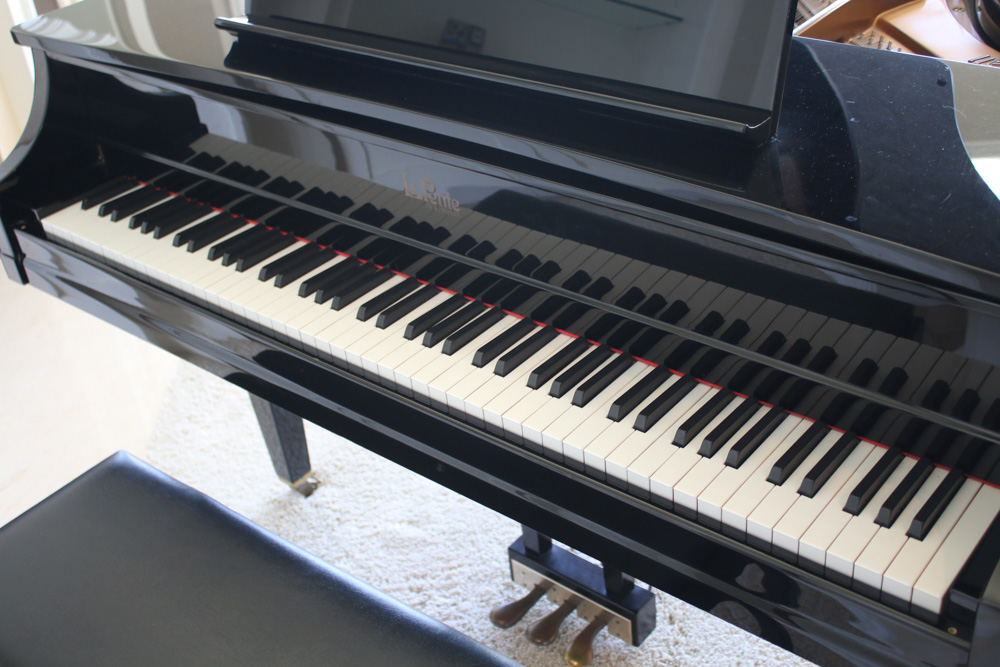
Decomposition of parts is therefore a major contributing factor to piano aging.

When I have viewed and played vintage pianos and other keyboard instruments in museums, I notice that soft parts, like felt and leather, harden and break down over time, sadly resulting in a piano that is too loose to the touch, brittle in tone and lacking elasticity and resilience. While it was remarkable to see, as I played the piano and observed the action parts and strings, the piano seemed to have aged substantially. One of the unique features of this piano cabinet was that it had designs etched into the finish (instead of carvings in the wood). The table was even set with china! The piano was turn of the century and there was no way of knowing how much it had been played prior to that, but I can’t remember ever seeing a cabinet of an old piano that looked so new on the outside. All of the furniture was intact, as if the door had been locked and everything remained as is. The house was built in the late 1800’s but no one had lived there for at least 60 years. I remember stepping into a house that was almost like a time warp. Even if a piano has been kept in a pristine environment and never been played, decades later it will still not perform like a new piano. I would then categorize environment as a substantial factor in piano aging.įinally, decomposition takes its toll on pianos. Things such as exposure to the beating hot sun, or widely fluctuating temperatures and humidity can affect the tone, performance and even cabinet of a piano. While these are extreme environmental conditions, there are also varying degrees of subtle ‘life altering’ conditions that will, day after day, year after year change a piano. I’ve seen pianos that have been in fire, floods and ones that have been infested with bugs. More than that, however, the parts inside were also coated and rendered the action sticky. The outside of the piano looked almost fogged, its shiny black finish reduced to a dull matt. Repetitive use of cooking oil in close quarters with the piano caused adverse effects on the instrument.

I remember this one piano that was covered in what I could only be describe as cooking grease. I’ve also witnessed pianos that have been housed in adverse environments.

So, it is safe to say that for pianos in an area of high use, wear and tear of the instrument is accelerated. In a decade, the advanced performer’s piano will become substantially worn. More specifically, how and why do pianos alter over time and what causes them to sometimes dramatically shift? There are 3 possible answers to this question: how much the instrument is played the environment it is kept in and decomposition over time.įor example, a performer working on their Masters level piano degree, practicing 2 – 6 hours per day of concert level material, will use a piano very differently to a beginner student who gently touches the keys a few times per week. In my lifetime I’ve viewed and played several thousand pianos and as I pondered this question, it made me think about what changes occur in the lifetime of a piano. But that begs the question, how old is too old? At what point do pianos no longer function the way they were originally intended? But sometimes they are simply unaffordable, inaccessible or possibly even discontinued and so it necessitates buying used. Nothing beats a new piano and Piano Price Point is dedicated to delivering the news about the makers of new pianos.


 0 kommentar(er)
0 kommentar(er)
